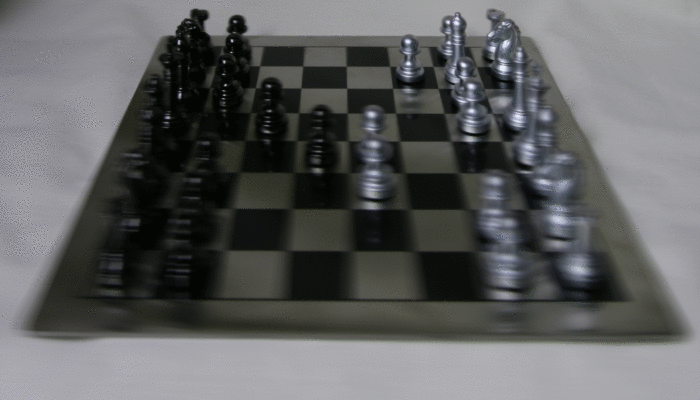9 frames are shown below. The depth-of-field is varied from 0 to 1 (0 being furthest and 1 being closest). This sequence is created by shifting each image by the calibration data scaled by the depth-of-field factor. The first image is held as reference to calculate the appropriate shifts for each corresponding image.




















